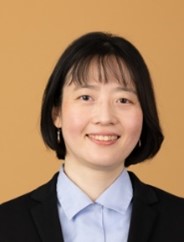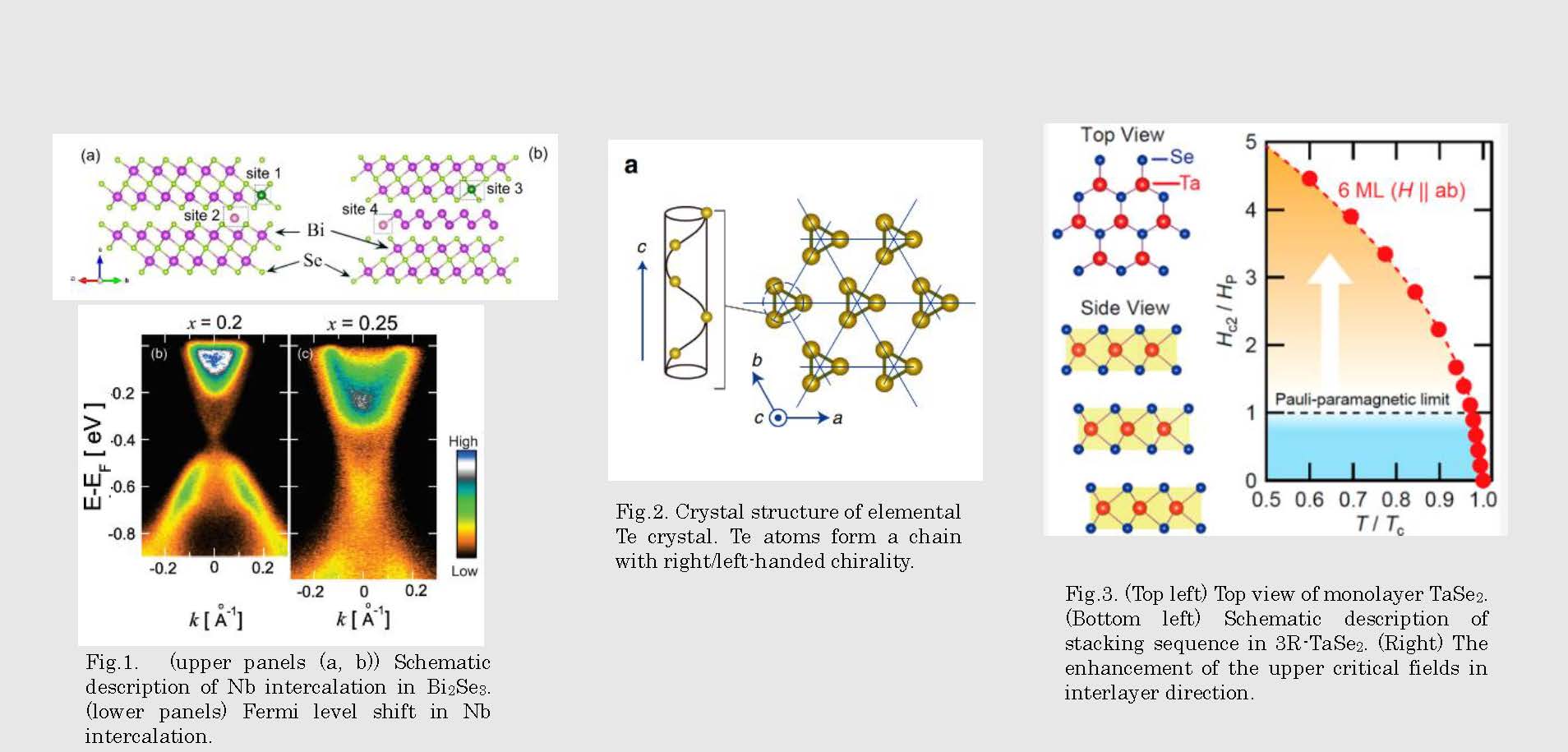
RIES
Research Institute for Electronic Science, Hokkaido University
北海道大学
電子科学研究所

LAST UPDATE 2024/08/09
-
研究者氏名
Researcher Name小林夏野 Kaya KOBAYASHI
教授 Professor -
所属
Affiliation北海道大学 電子科学研究所
電子物性材料創成分野
Research Institute for Electronic Science, Hokkaido University
Laboratory of Emergent Electronic Materials -
研究キーワード
Research Keywords凝縮電子系
超伝導
磁性
低次元電子系
カイラル物質
新規物質開発
非周期性
積層物質
Condensed matters
superconductivity
magnetism
low dimensional electronic system
chiral materials
novel material synthesis
aperiodic system
layered materials
- 研究テーマ
Research Subject -
新規物質開発を通した新たな量子電子物性の探索
Novel quantum electronic materials and their novel properties
研究の背景 Background of the Research
物質中の電子数は物質によって異なり、また物質によっては電子間の相互作用が強く効くことが知られています。複数の電子が相関している凝縮電子系は磁性や超伝導といった興味深い現象を示すことが良く知られています。超伝導体や磁性体といった物質は数多く知られていますが、その完全理解は難しく物質によって異なる側面を見せることが多々あります。一般的な理解のための新物質開拓に関しても電子相関を含めた物性予測は難しく実際の物質開発と測定による物性開拓は重要な要素となっています。
The number of electrons differ from material to material. The electron can be treated within single electron description where some materials have stronger electron interaction and that introduces the curious phenomena such as superconductivity and magnetism. Those well-known phenomena have been studied yet not all understood. The prediction of new materials is also not achieved for those condensed matters. Thus, the actual synthesis of new materials and determining how electronic states are still important factor of the condensed matter research.
研究の目標 Research Objective
凝縮電子系の新しい物質を探索することによって、超伝導や磁性に関する理解を深めることを目標としています。その際に、反転対称性を持たない物質、例えばカイラル構造を持つ物質などを中心とした研究を行っています。その他にも準安定的な構造を持つ物質など、これまでに研究が進んでいない物質を中心とした研究を行っています。
The expected outcome of our work is to accelerate the understanding of the condensed matters via studying new materials. The specific target of the research includes the materials without inversion symmetry, chiral materials and so on. In addition to those structural aspects, we study the materials with quasi-stable crystal structures.
研究図Figures

Fig.2. Crystal structure of elemental Te crystal. Te atoms form a chain with right/left-handed chirality.
Fig.3. (Top left) Top view of monolayer TaSe2. (Bottom left) Schematic description of stacking sequence in 3R-TaSe2. (Right) The enhancement of the upper critical fields in interlayer direction.
論文発表 / Publications
1) K. Kobayahsi et al., Phys. Rev. B 95, 180503(R) (2017). 2) T. Furukawa et al., Nature Commun. 8, 954 (2017). 3) Y. Tanaka et al., Nano Lett. 20, 1725 (2020).
研究者連絡先 / HP
- kayakobayashi
 es.hokudai.ac.jp
es.hokudai.ac.jp - https://www.es.hokudai.ac.jp/organization/profile/kobayashi-kaya/